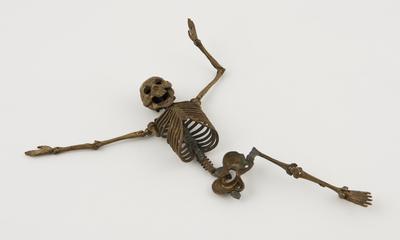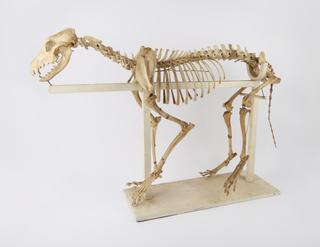
Model of a skeleton, Europe, 1701-1800
1701-1800

1701-1800

1840-1900


1701-1800


1701-1800



1950-1985
1250-1500
1801-1900
1980
1801-1900
1350-1500
1900-1930
100 BCE
801-1523 CE
1801-1900
1801-1900
1801-1900
100 BCE -200 CE
1701-1750